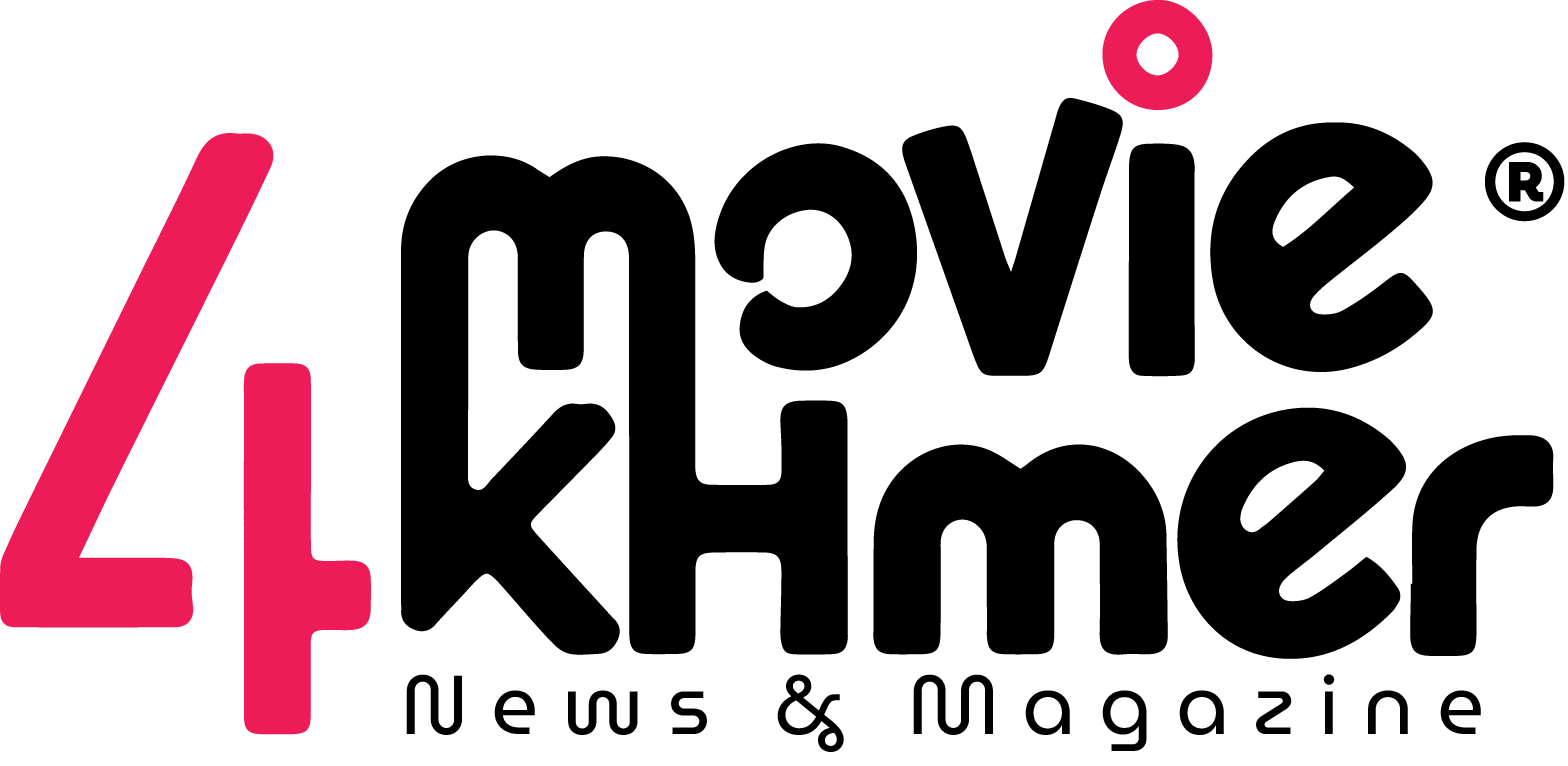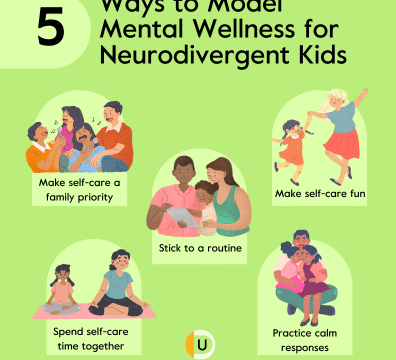Kinesthetic learners learn best through movement, touch, and hands-on activities. If you’re someone who understands concepts more effectively by doing rather than watching or listening, these study strategies can help enhance your learning experience.
1. Use Physical Movement
Try studying while walking, pacing, or using gestures. For example, walk around your room while reviewing flashcards or use hand movements to represent key concepts. Physical activity can improve focus and memory retention.
2. Engage with Hands-On Materials
Choose study tools that allow you to interact physically. Use models, build diagrams with physical objects, or create your own flashcards. These methods keep your hands and mind actively engaged.
3. Act Out Concepts
For subjects like history or science, try acting out events or processes. This can make abstract information more concrete and easier to remember.
4. Write and Rewrite Notes
The process of writing by hand reinforces memory. Rewrite important notes, create colorful mind maps, or draw symbols and doodles related to the material.
5. Use Study Breaks Effectively
Incorporate frequent, short breaks with light physical activity. A few minutes of stretching, a quick walk, or even tidying your workspace can help refresh your mind.
6. Combine Movement with Sound
Recite key points aloud while performing rhythmic movements such as tapping your foot or bouncing a ball. This multi-sensory approach helps reinforce learning.
7. Choose Active Study Environments
Consider studying in places that allow subtle movement, like standing desks or open spaces where you can move freely without distraction.
Conclusion
Understanding your learning style is key to studying smarter. For kinesthetic learners, involving the body in the learning process can boost both focus and retention. Try these strategies to find what works best for you and make your study sessions more productive and enjoyable.






